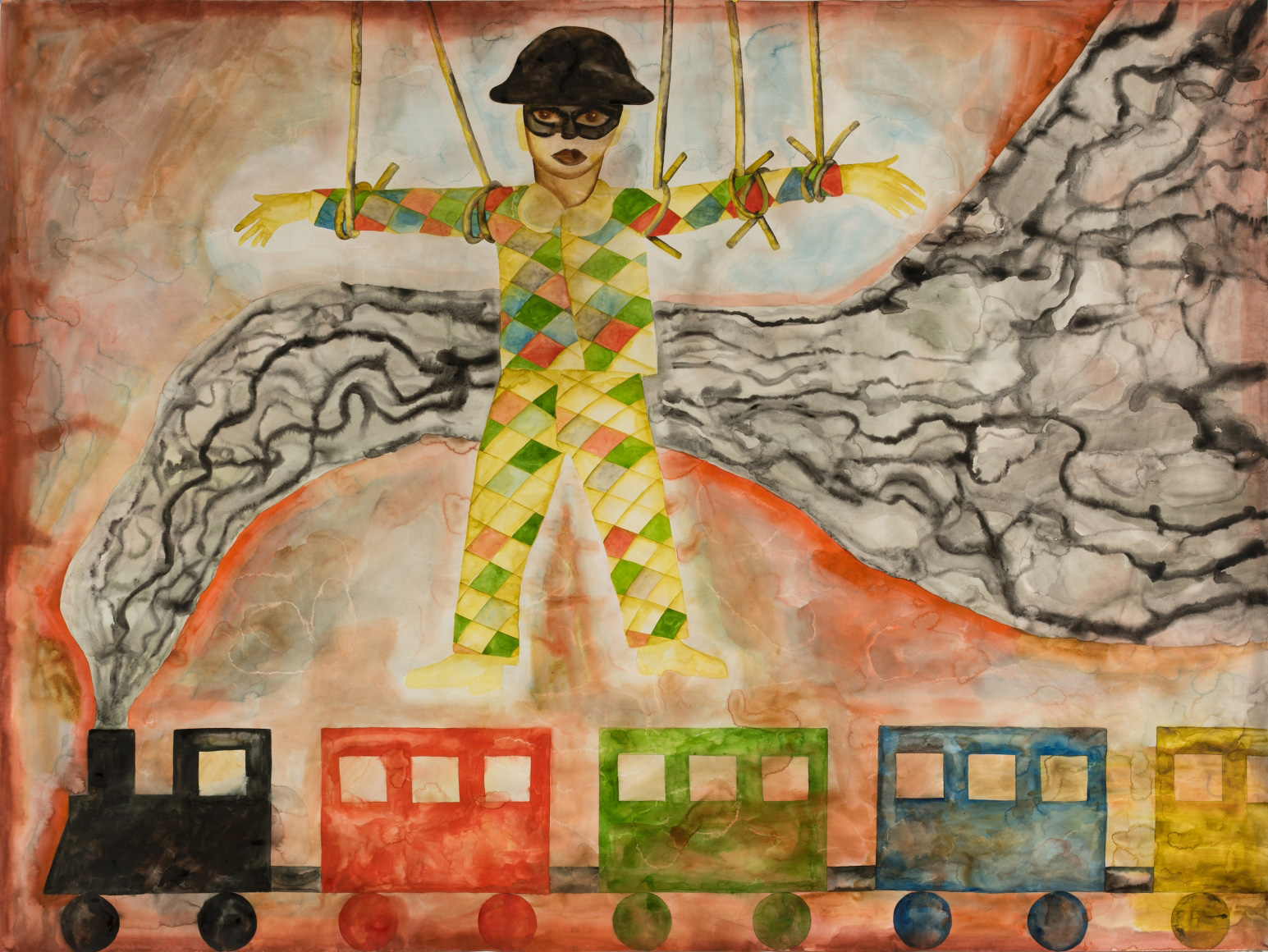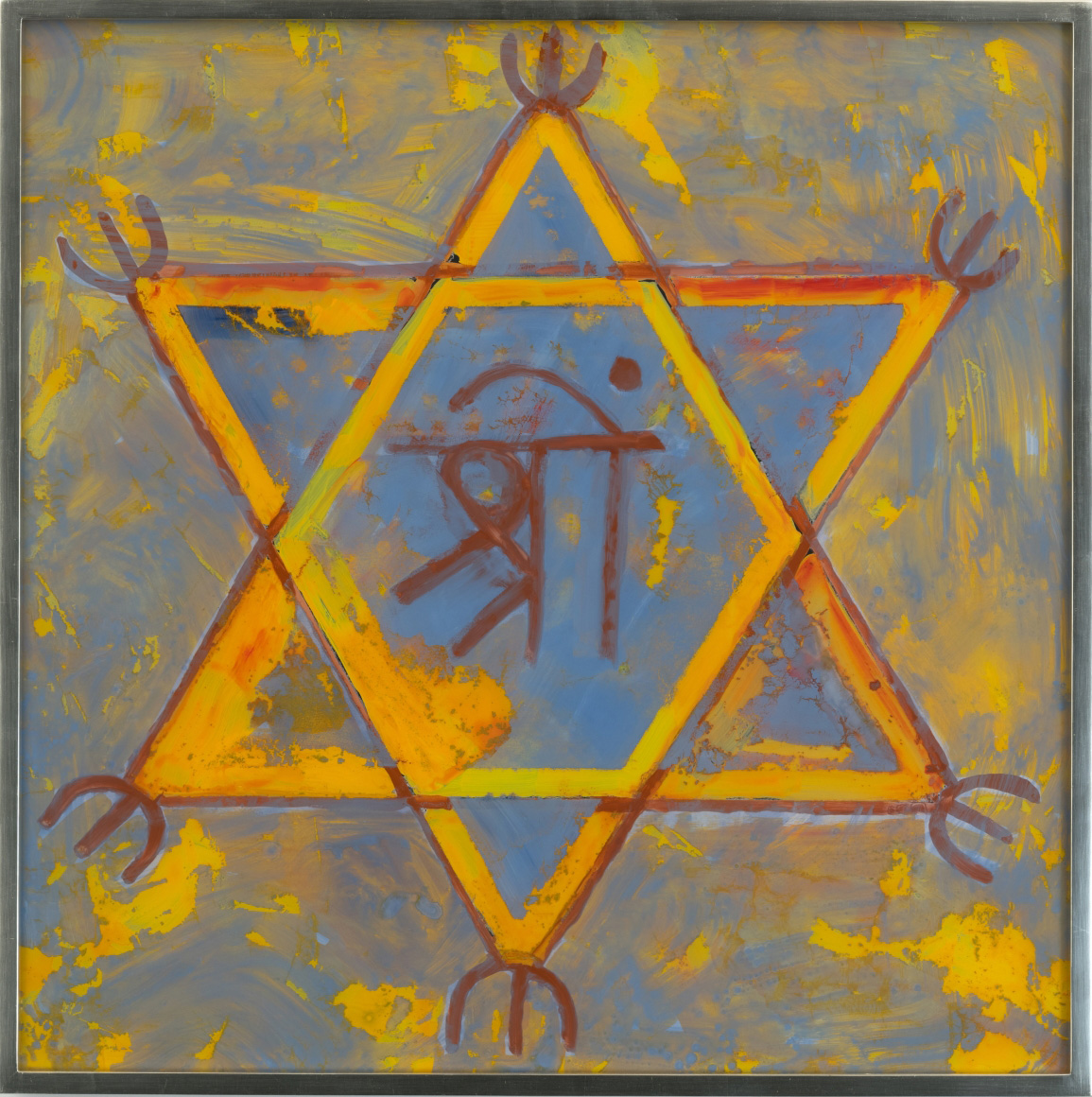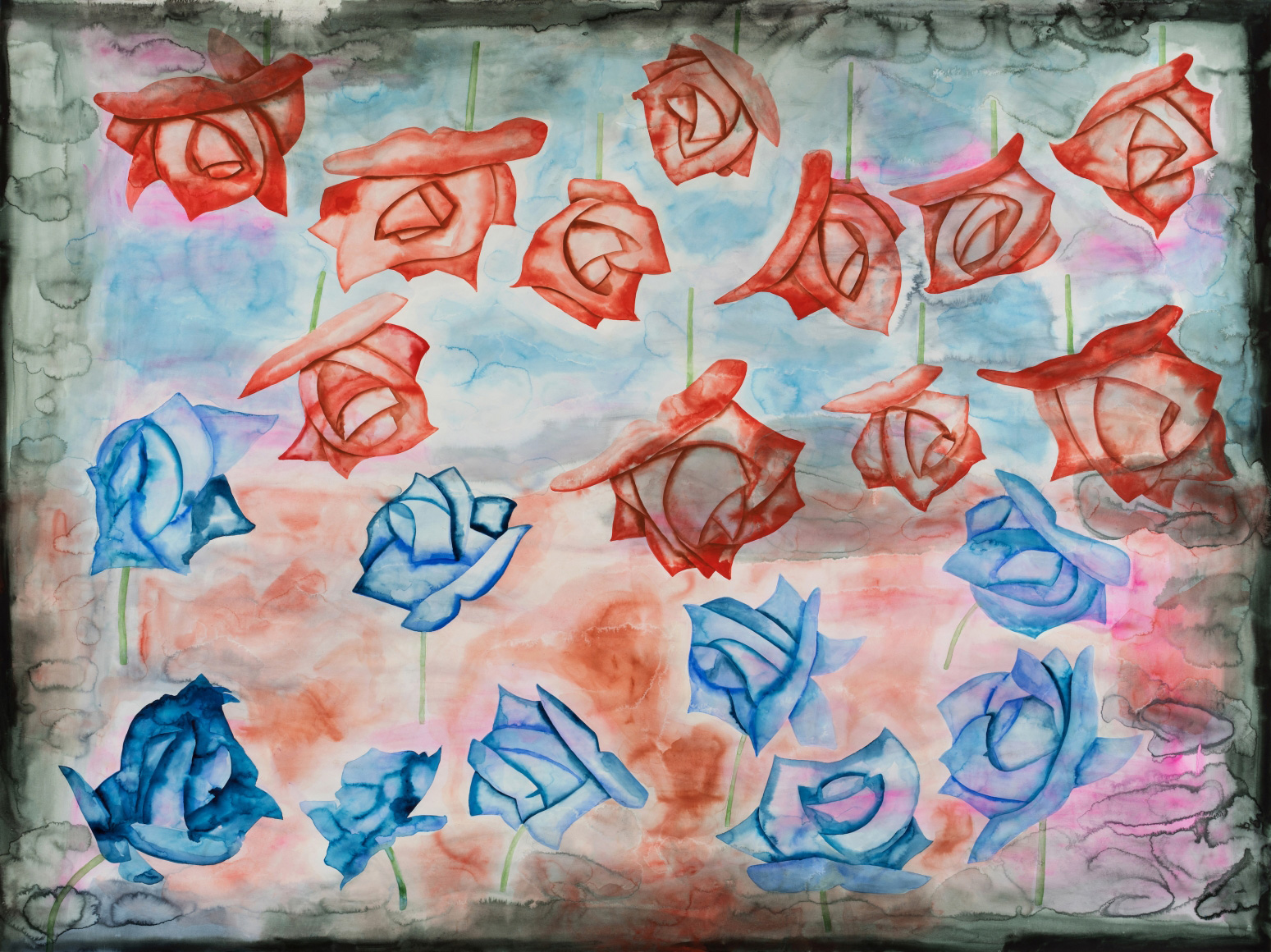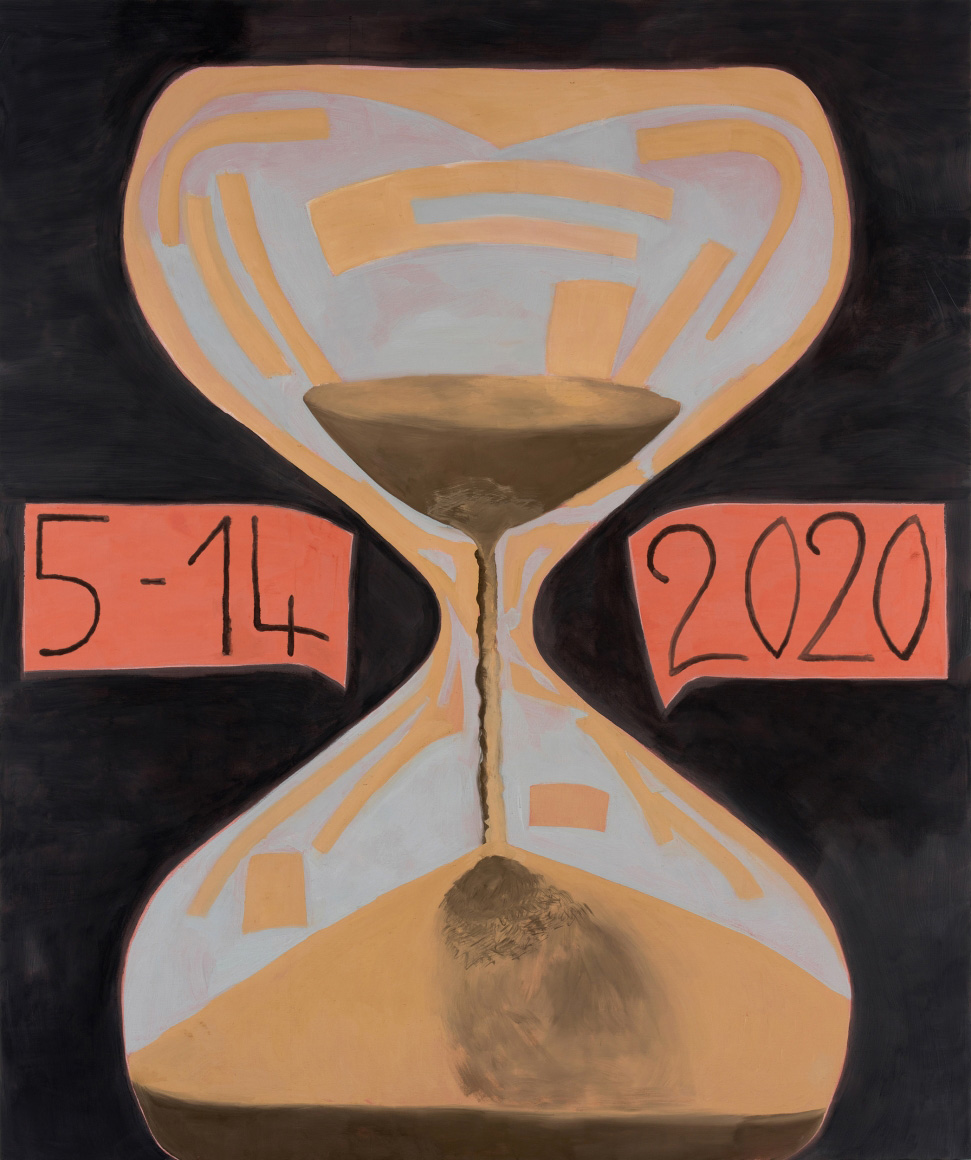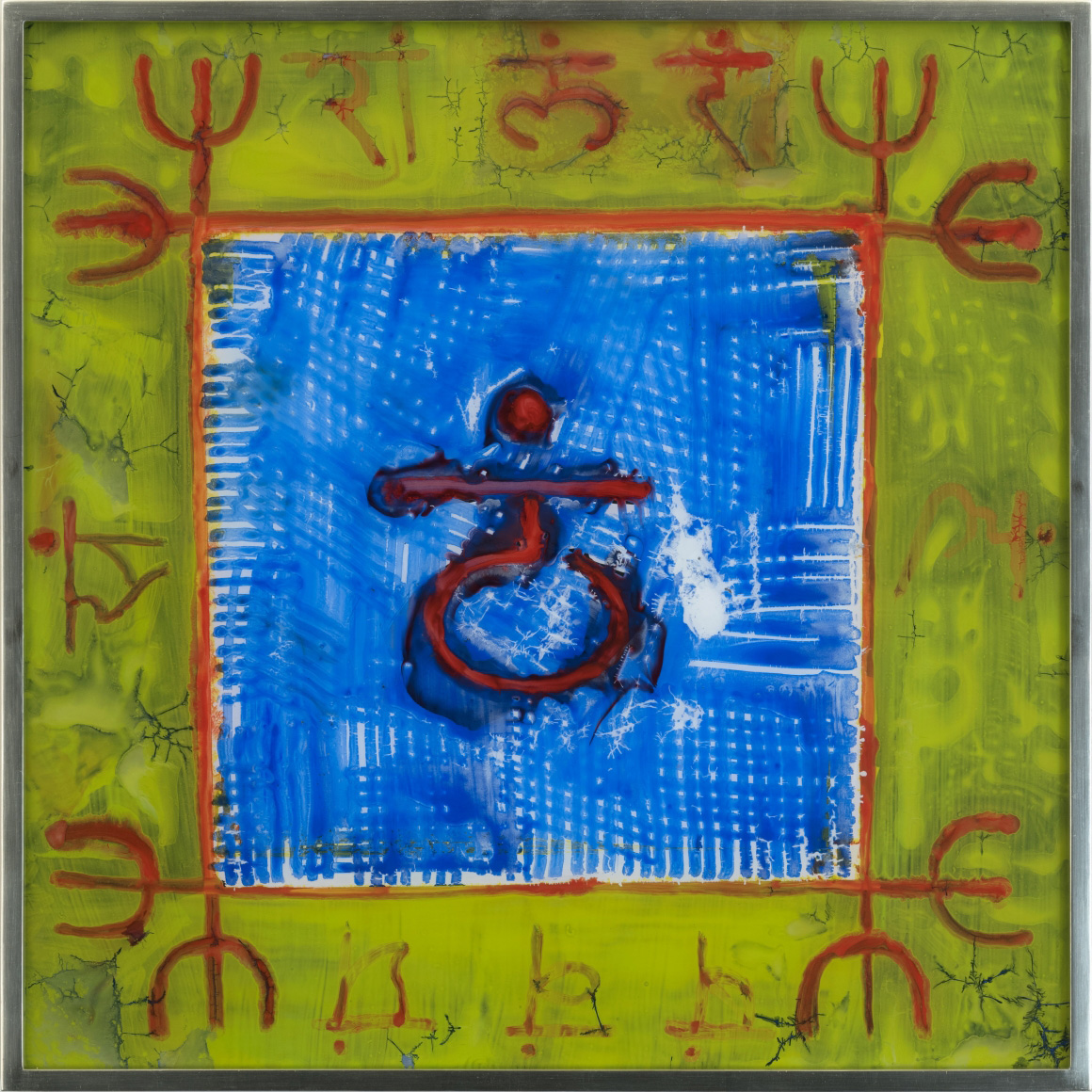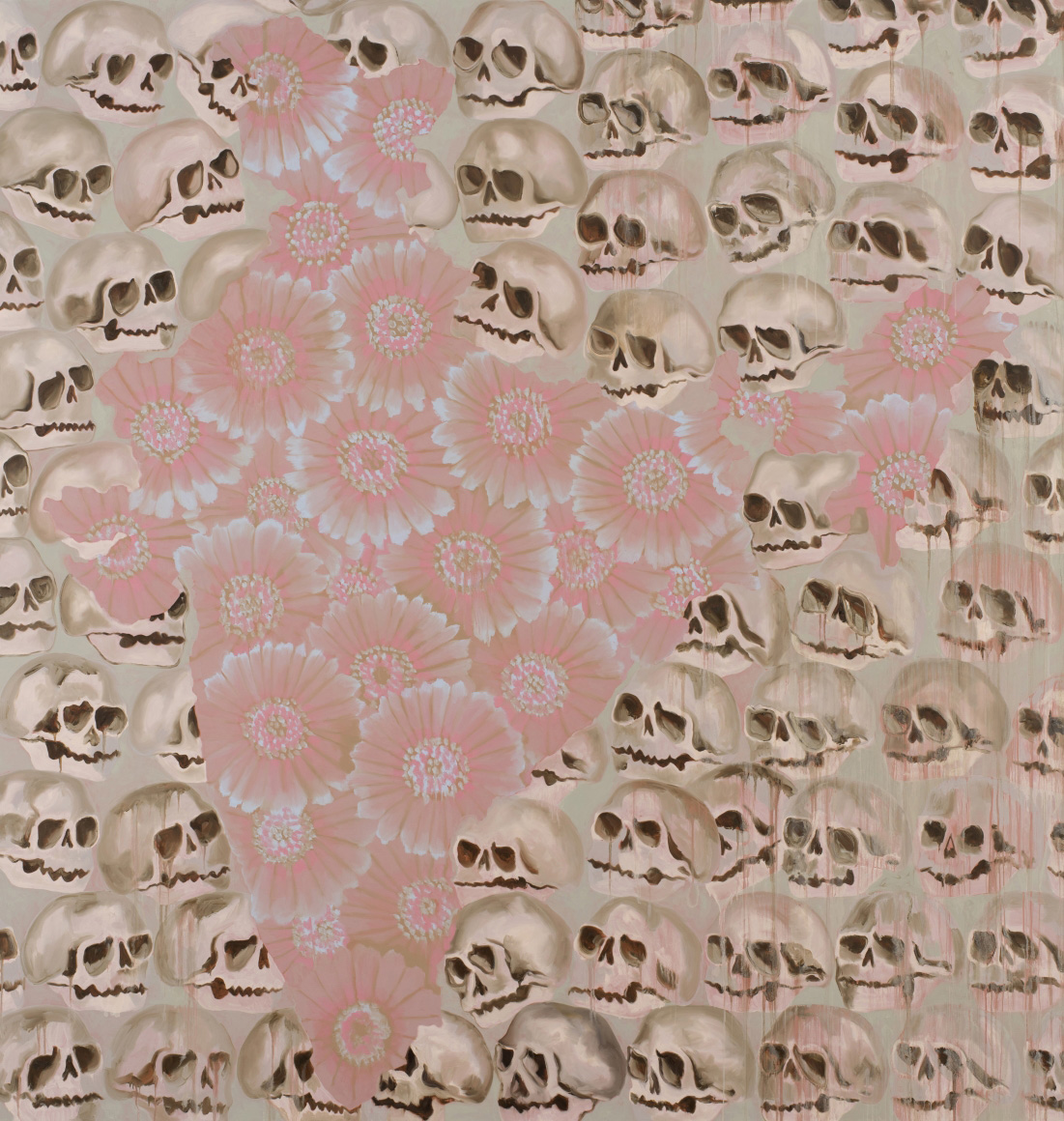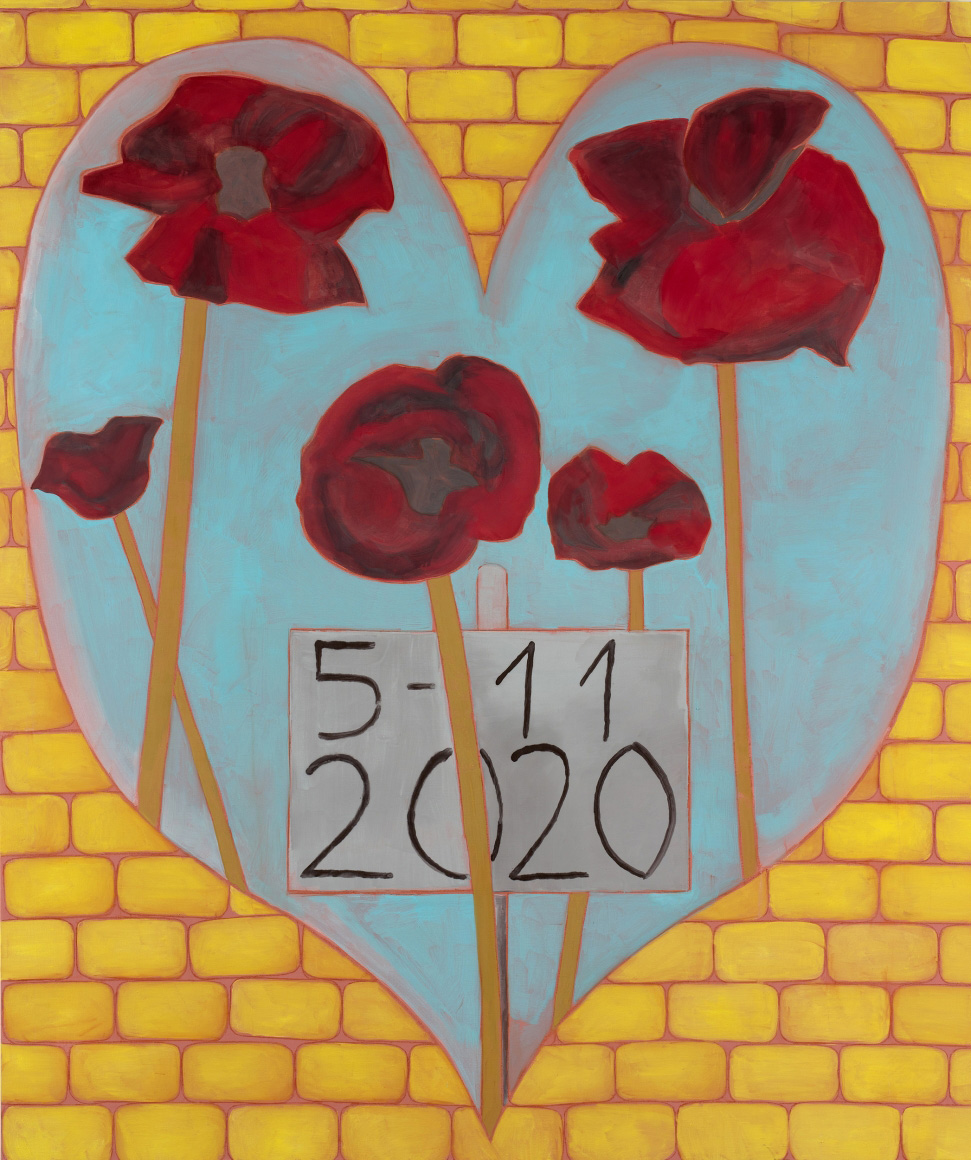PRESENTATION: Francesco Clemente-Twenty Years of Painting (2001-2021), Part II
 Francesco Clemente came to prominence in the late 1970s and cemented an international reputation with his participation in the 39th edition of Venice Biennale in 1980. He is most closely associated with the Transavanguardia movement in Italy and recognized as an influential figure of Neo-Expressionism in the United States. Clemente’s generation came of age amidst the politicization of Italy, where conceptual artistic strategies and the dogmatism of Arte Povera prevailed. Against this background of conflict, Clemente chose to concentrate on painting as a model of inner reconciliation and went on to explore a contemplative and symbolic mode of painting that revolved around images of the body as the boundary between inner and outer self (Part I).
Francesco Clemente came to prominence in the late 1970s and cemented an international reputation with his participation in the 39th edition of Venice Biennale in 1980. He is most closely associated with the Transavanguardia movement in Italy and recognized as an influential figure of Neo-Expressionism in the United States. Clemente’s generation came of age amidst the politicization of Italy, where conceptual artistic strategies and the dogmatism of Arte Povera prevailed. Against this background of conflict, Clemente chose to concentrate on painting as a model of inner reconciliation and went on to explore a contemplative and symbolic mode of painting that revolved around images of the body as the boundary between inner and outer self (Part I).
By Dimitris Lempesis
Photo: Vito Schnabel Gallery Archive
Francesco Clemente’s exhibition “Twenty Years of Painting: 2001-2021” features thirty works that reveal Clemente’s remarkable mastery of the many mediums that fall within the tradition of painting– from fresco on plaster panels and watercolor on paper, to oils and mixed media pigments on canvas, linen, and glass– and bring viewers along on his journey through themes both metaphysical and sensual. The exhibition includes a suite of monumental new paintings created during the course of the pandemic. Non-linear and expansive, Francesco Clemente’s oeuvre has drawn influence over the past four decades from divergent geographies and cultural contexts. The New York-based, Italian-born artist first travelled to India in the 1970s and has since maintained a defining dialogue with its rituals, practices, and philosophical thought. His artistic vision and lexicon of metamorphic and symbolic imagery have been informed and shaped by a nomadic lifestyle and a deep spiritual relationship to the contemplative traditions of different cultures. Clemente’s focus on figural representation and visual narrative manifests in his artistic quest to ponder the arcane, address the human condition, and explore the manifold aspects of our physical body and metaphysical existence. Clemente’s paintings are rich with mysticism and sensuality, and reflect the fluidity and fragmentation that characterize much of his oeuvre. Traversing ineffable states of consciousness and experiences of being, the artist anchors his artistic practice in an understanding of life as non-linear, and grounds his imagery in a resounding pictorial commitment to the here and now. By surveying the sweep of his work, the exhibition reveals a cross-cultural synthesis of visualized ideas and meditations on concepts of time, identity, the sacred, and notions of the self. The exhibition also debuts a group of four new large-scale watercolor paintings. These works, created over the course of the pandemic, embrace the theme of reconciliation. Here, Clemente considers the meeting point of a daily, mechanical life bound by time, and an experience of timelessness achieved through self-awareness. Deeply personal and vivid, the familiar and recognizable figurative language of Clemente’s tableaux manifests as hallucinatory in these paintings with their dream-like apparitions. A radiating body of light surrounds a Harlequin figure in the center of one composition. Below, a child’s toy train chugs across the canvas as a cloud of black steam rises from its locomotive engine. In another painting in the series, red roses fall from a cerulean blue sky, while blue roses rise from a bed of red earth. Ominous but alluring, the images rendered by Clemente’s brush skirt across the vast expanse of the paper, achieving a balance between artistic control and creative renunciation. Striking in its sheer monumentality, the three-panel fresco “Two Trees” (2001) exemplifies Clemente’s uncanny ability to render tender and soulful enigmatic visions. Washed in a sensuous sun-drenched yellow, this twenty-foot painting is an evocative expression of impermanence and mortality. One tree stands fruit-bearing and fertile. White sheets of paper, prayer flags, or pieces of cloth have been tied to it, alluding to a ritual practice of spiritual offering that connects and transcends different cultures across the globe. The fatality of the second tree offers a binary perspective: a severed trunk, a fallen limb, and sentiments of hope scattered in the wind. “White Flags I” (2015) and “Gandhara Dream” (2012) similarly find poetic resonance in themes of spirituality, mysticism, and cultural exchange. In a meditation on surrender and the nature of defeat, Clemente engages the symbol of a white flag and heart, which has been pierced by a wooden stake and pecked by a flock of swallows. Influenced by ancient Tantric traditions and Buddhist practices, the artist reflects with this visual trope on the structure of human consciousness and the intimate interiority of the mind. Between 2006 and 2008, Clemente created a body of paintings during several extended stays in Brazil. Executed in a seductive, visceral palette of metallic hues, crimson red, and gold, these works take as their subject the Afro-Brazilian religion Candomblé and consider ideas of cultural contamination, the clash of civilizations, and syncretism. A self-portrait, “Father” (2006-2007), depicts the artist in a Bishop’s ceremonial headdress, a symbol borrowed from Roman Catholicism, that is ornamented with piercings of serpents and fish. In a mediation on the heritage of the esoteric rituals of Candomblé, Clemente explores how the collision of gestures and emblems can transcend cultural traditions. Other highlights of the exhibition include “The Garland of Letters” (2017-2018), a series of small paintings on glass that take inspiration from 18th century Chinese reverse glass paintings of Hindu deities. The technique was introduced to India by the China Trade, and flourished, soon spreading through west and south India as it was adopted by , Indian artists. Clemente’s diagram of Sanskrit letters celebrates the feminine energy that embodies spiritual wisdom in the Tantric tradition.
Photo: Francesco Clemente, Clouds IV, 2018, Oil on canvas, 71 x 87 inches (180.3 x 221 cm), © Francesco Clementem, Courtesy the artist and Vito Schnabel Gallery
Info: Vito Schnabel Gallery, The Old Santa Monica Post office, 1248 5th Street, Santa Monica, CA, USA, Duration: 5/11/2021-16/1/2022, Days & Hours: Thu-Sun 12:00-18:00 by appointment (Book here), www.vitoschnabel.com
